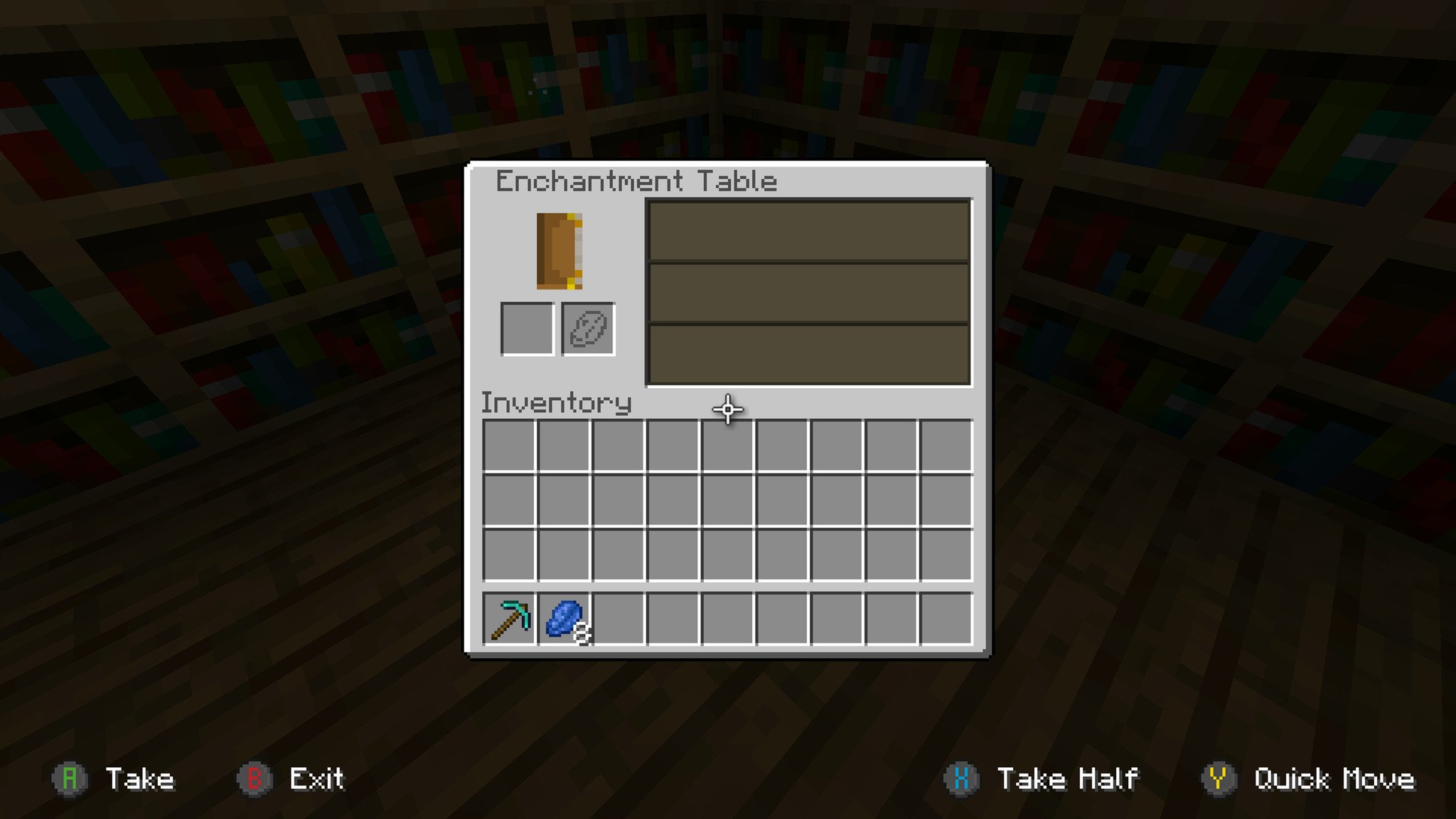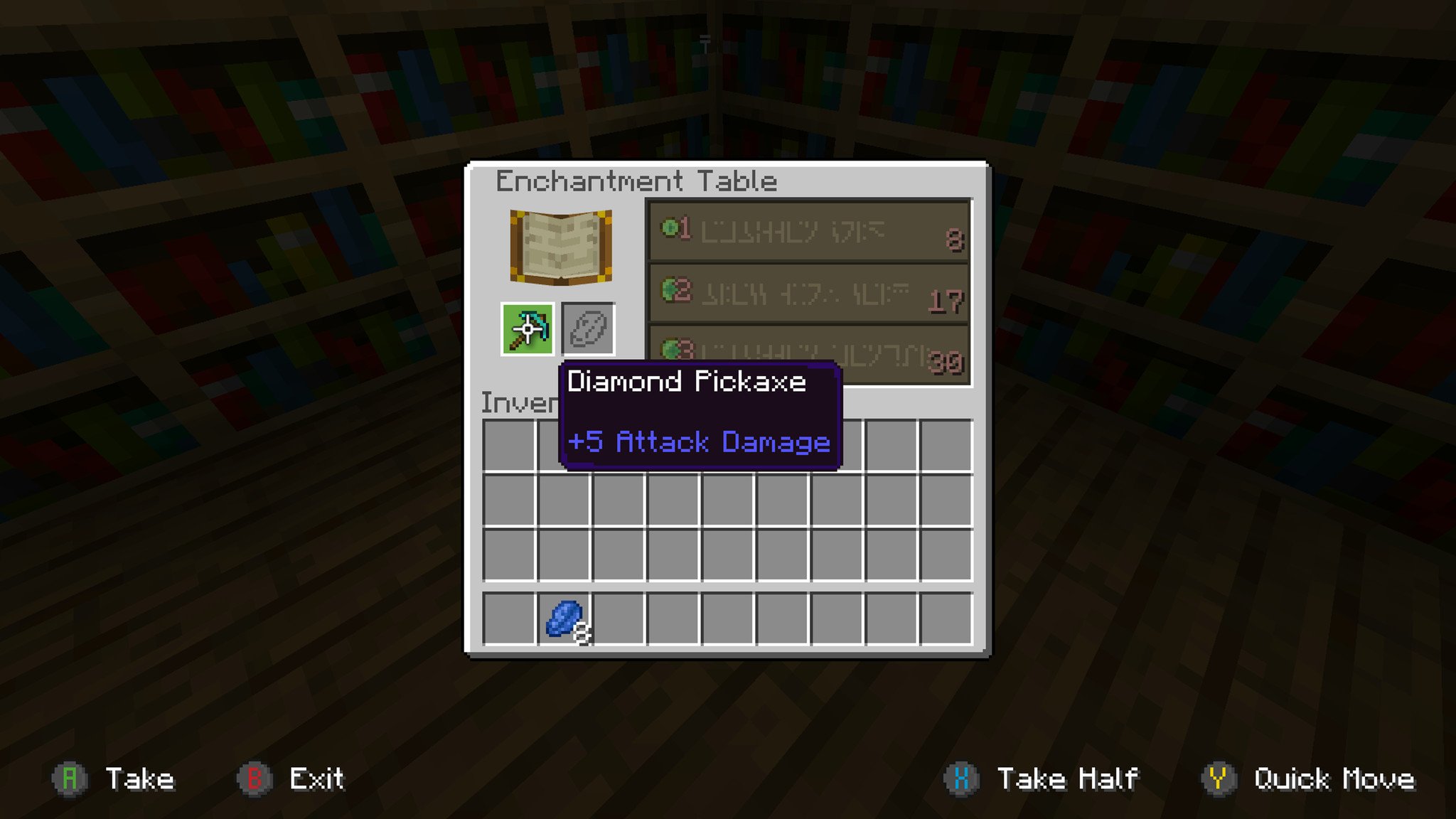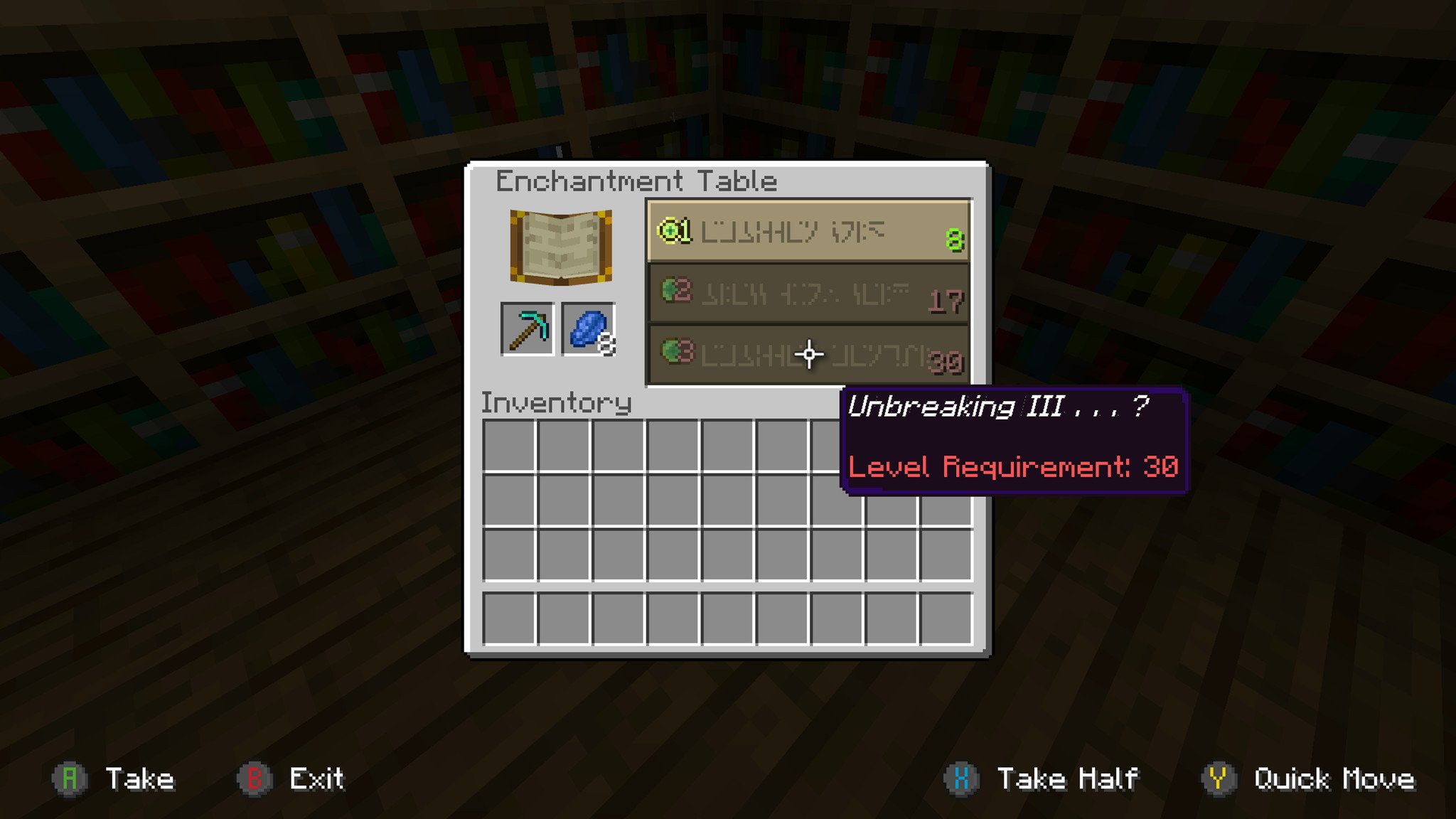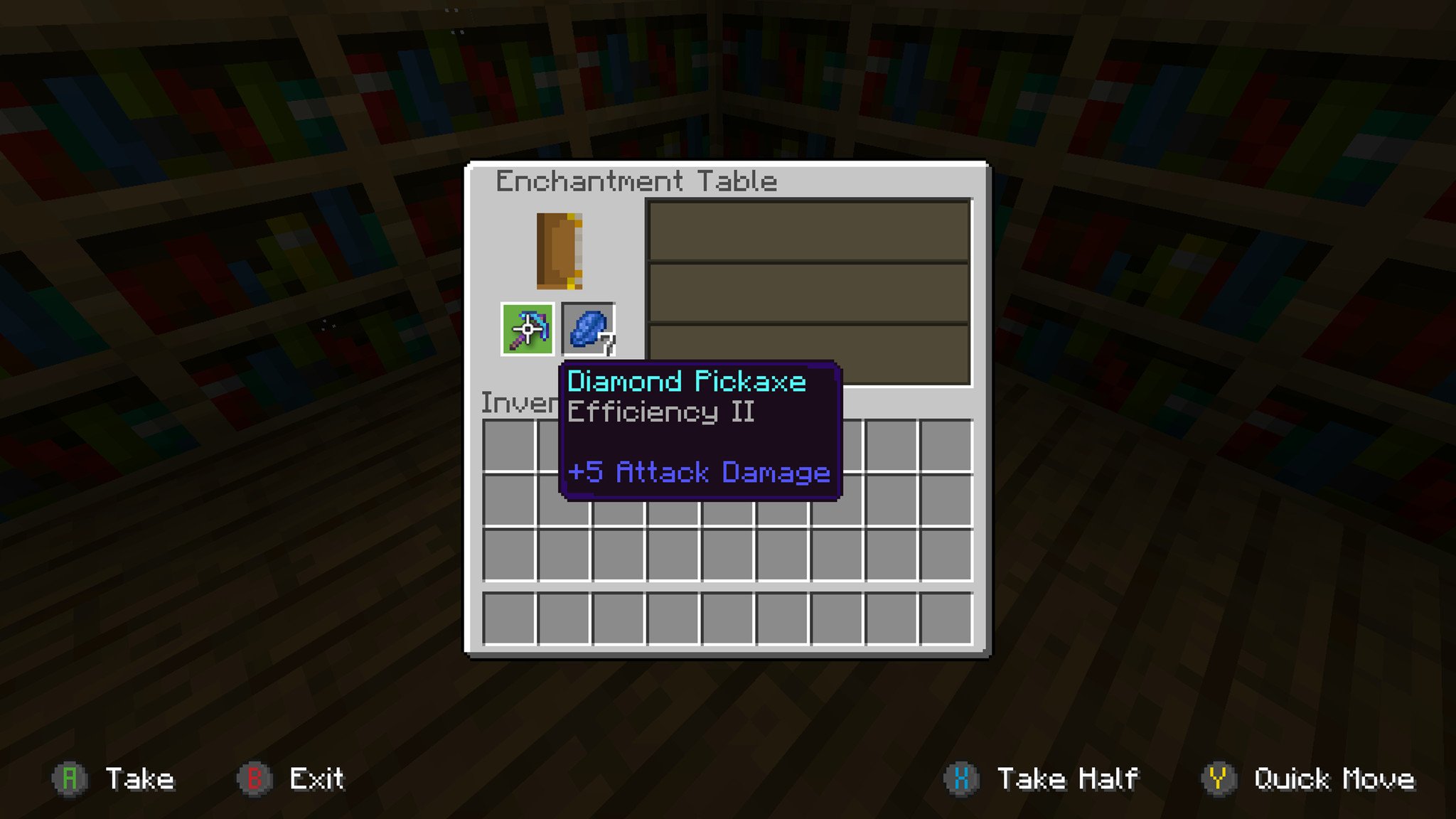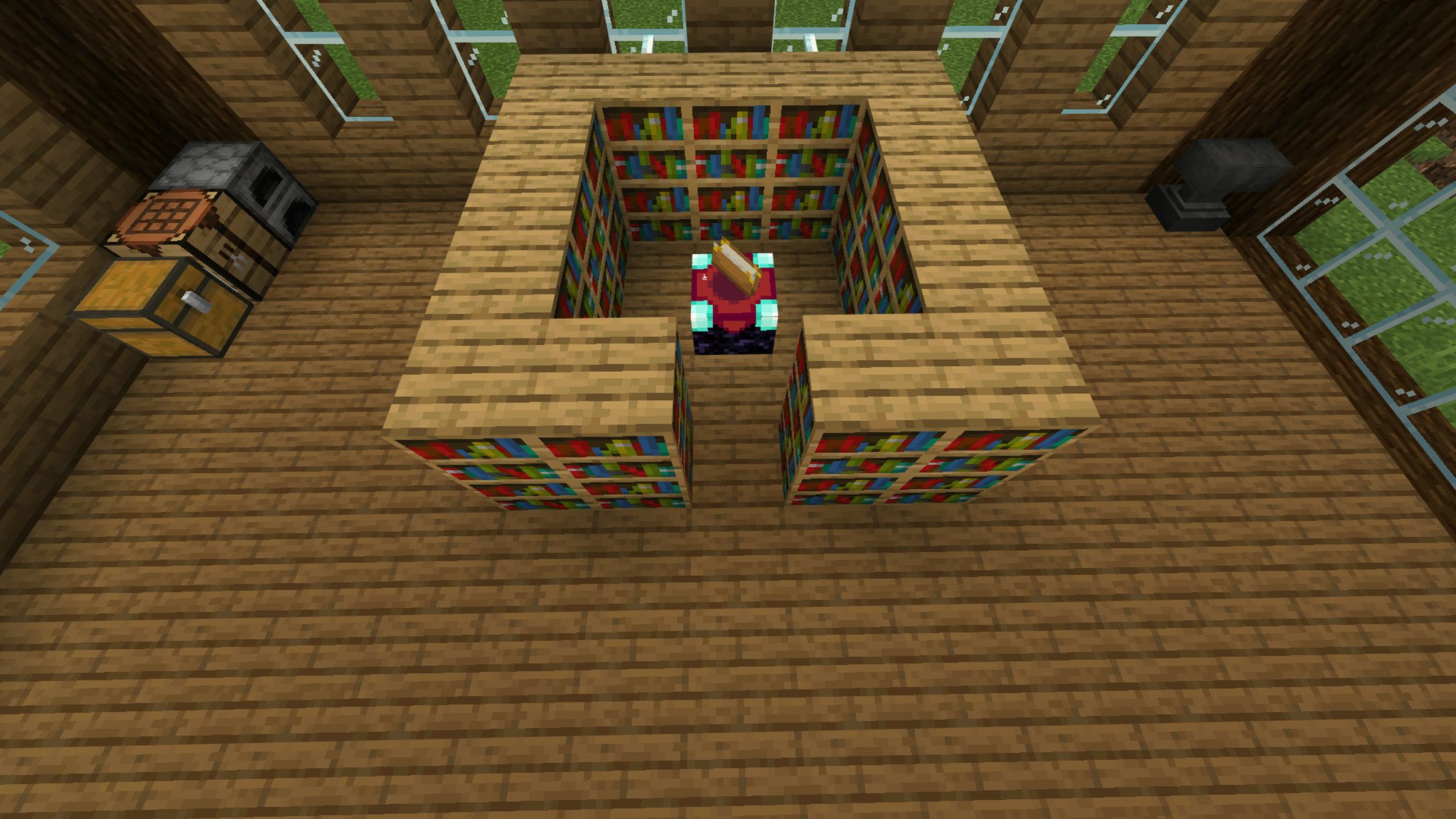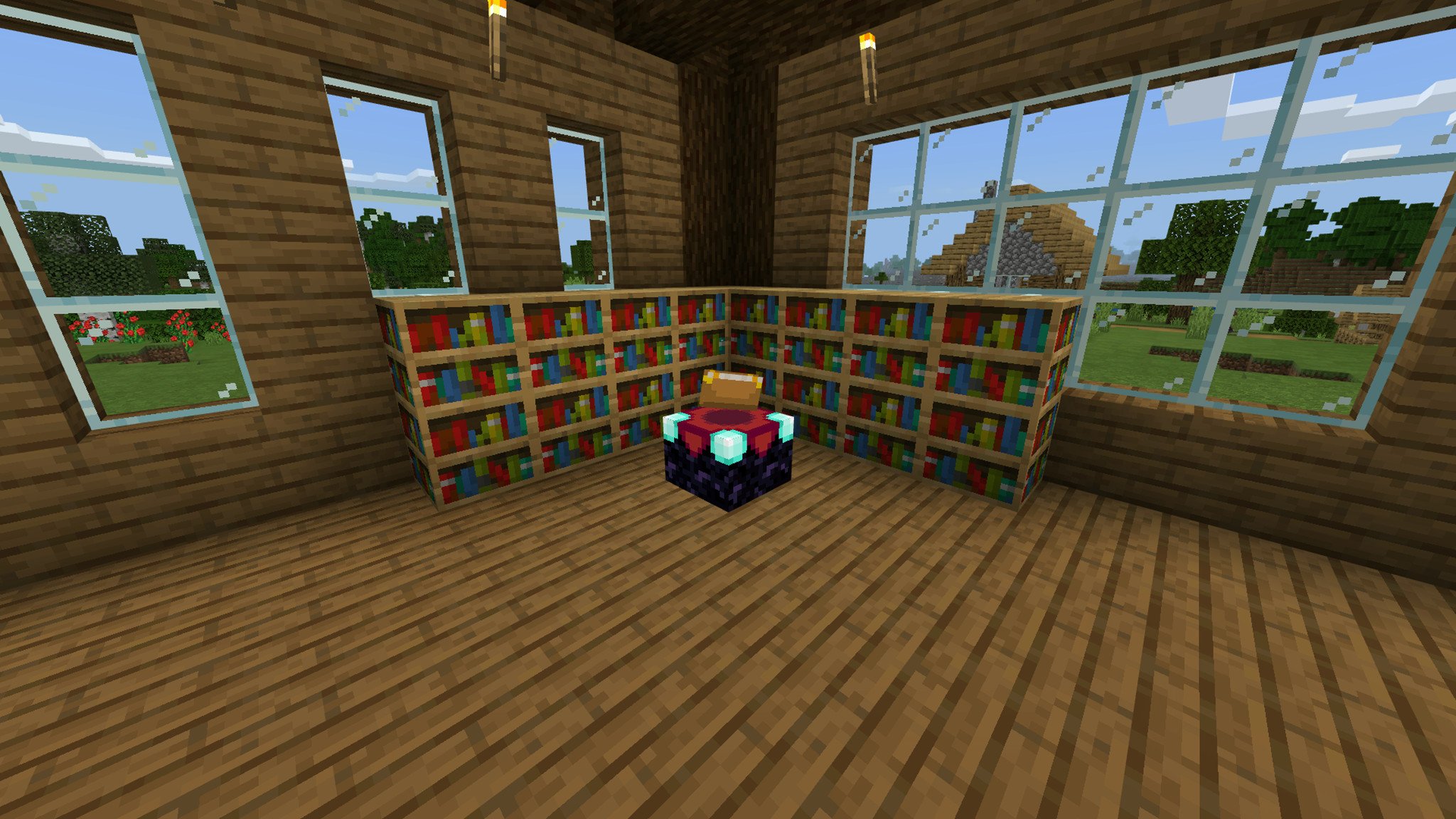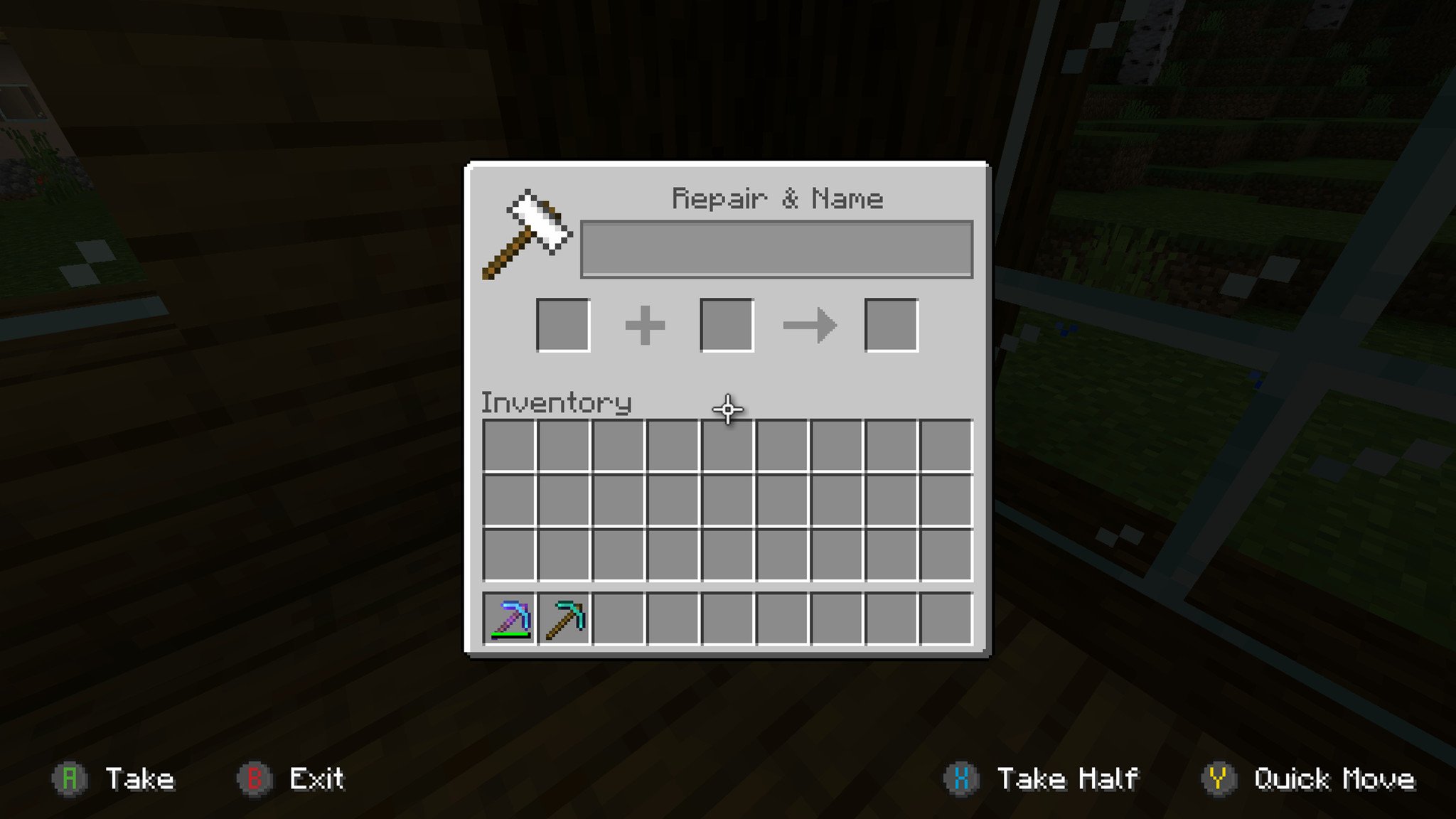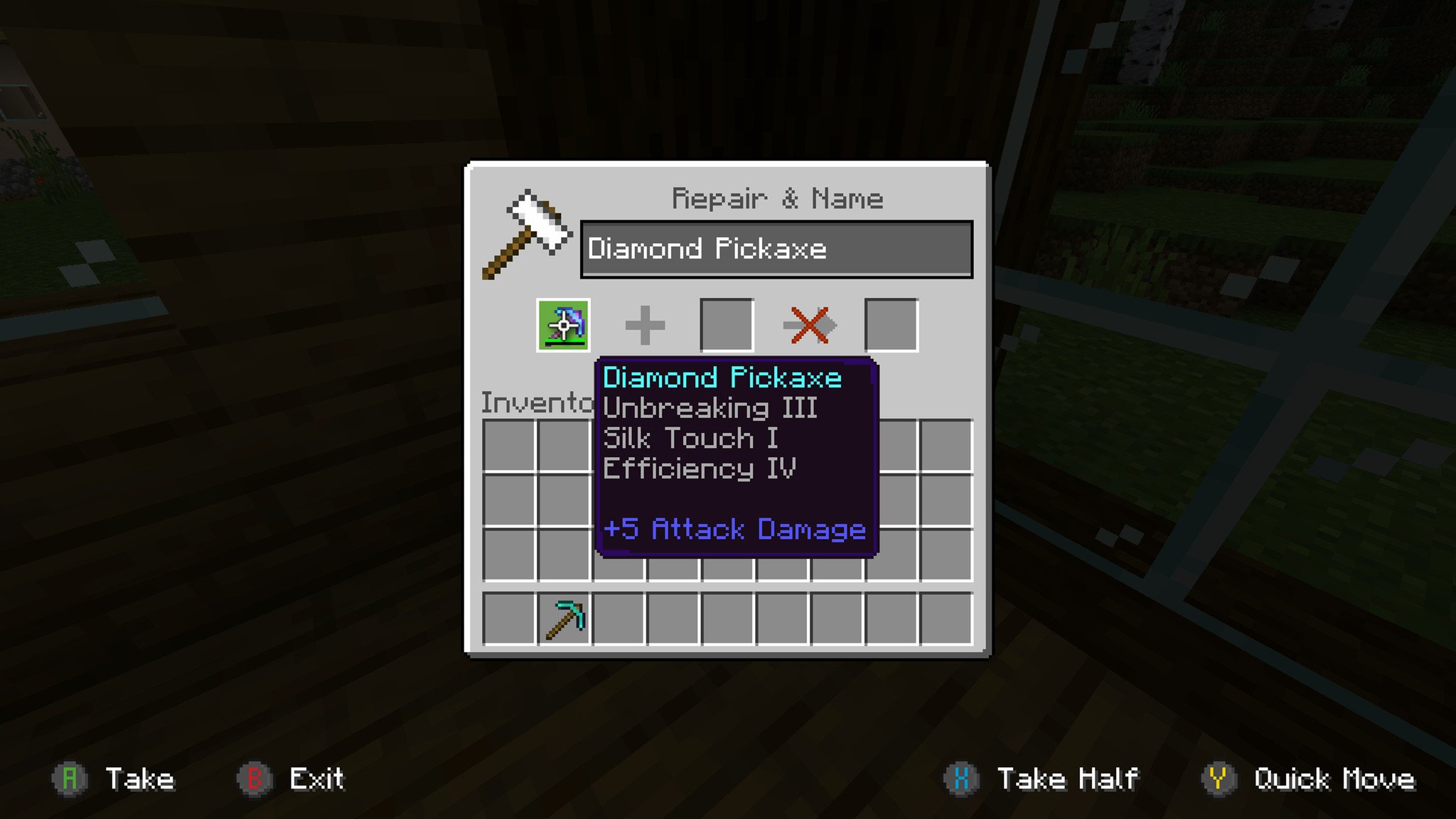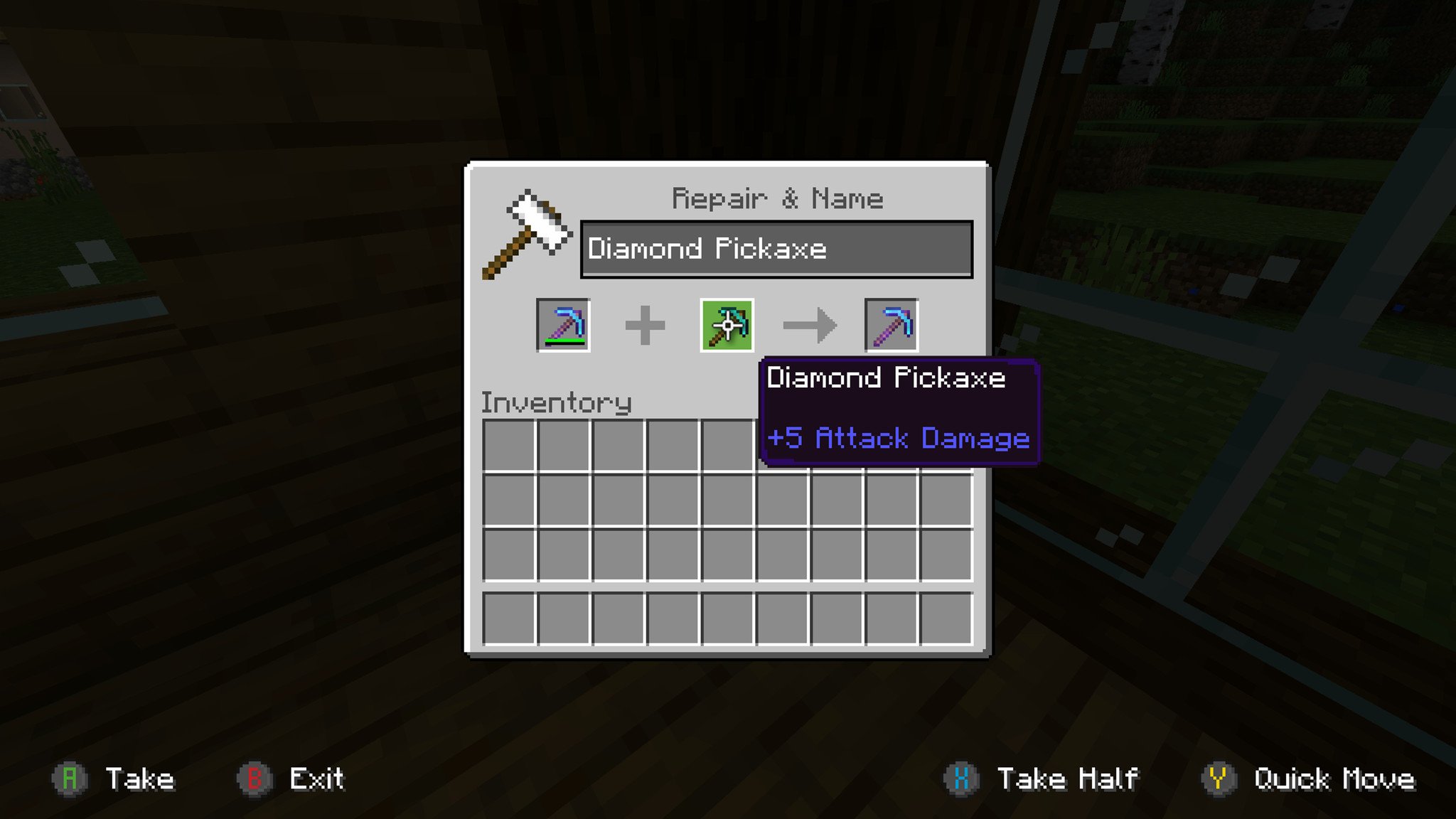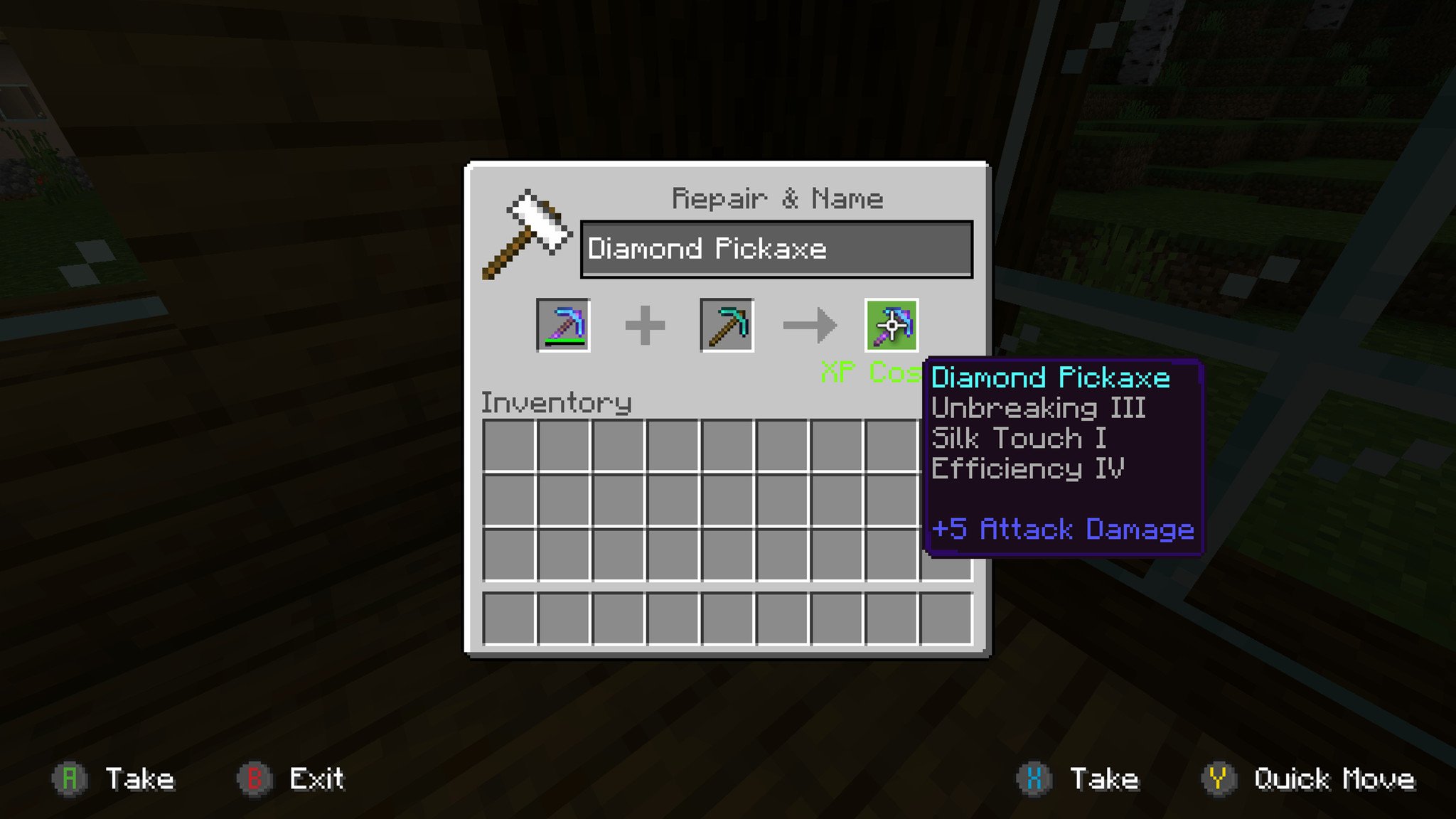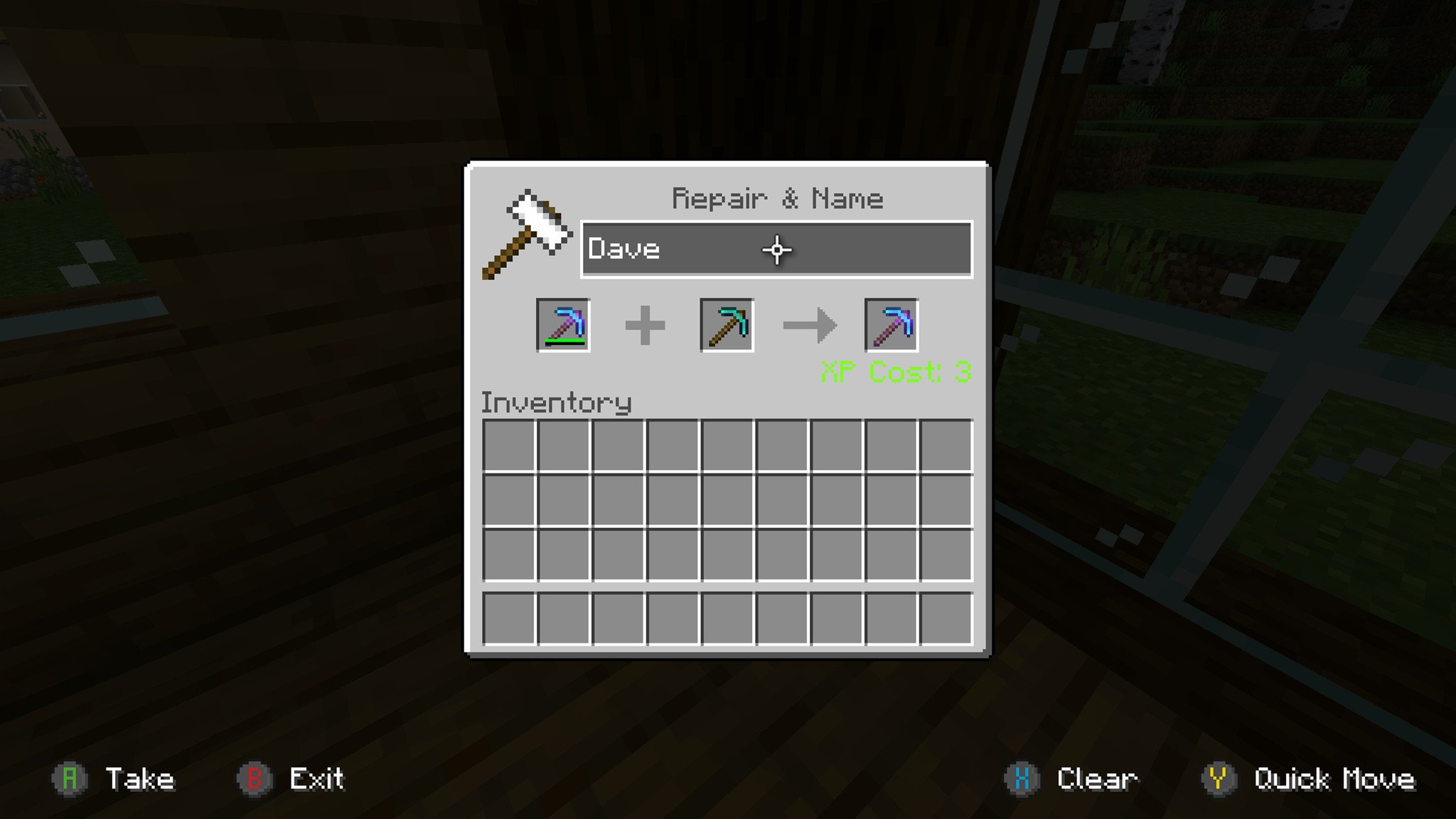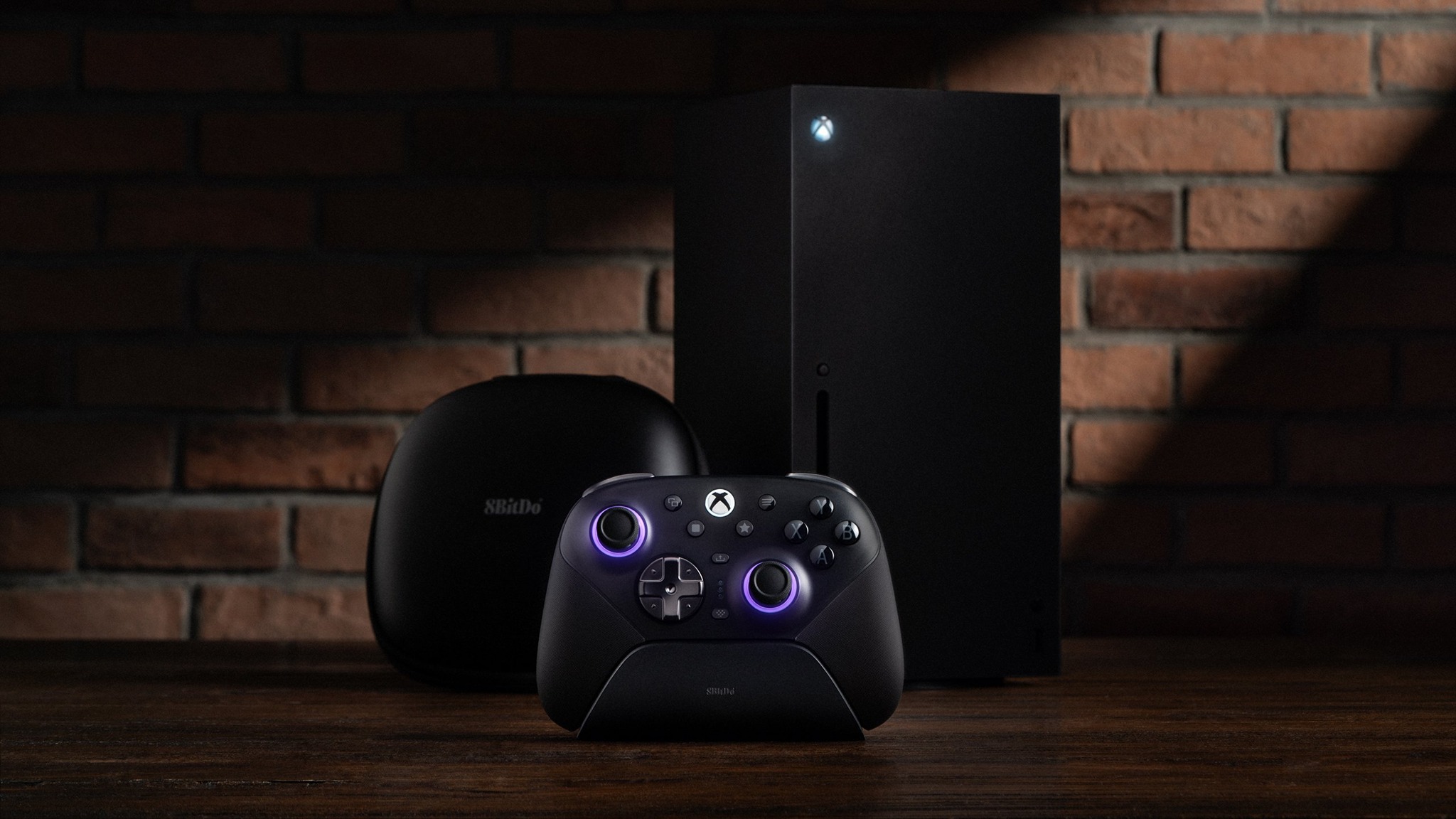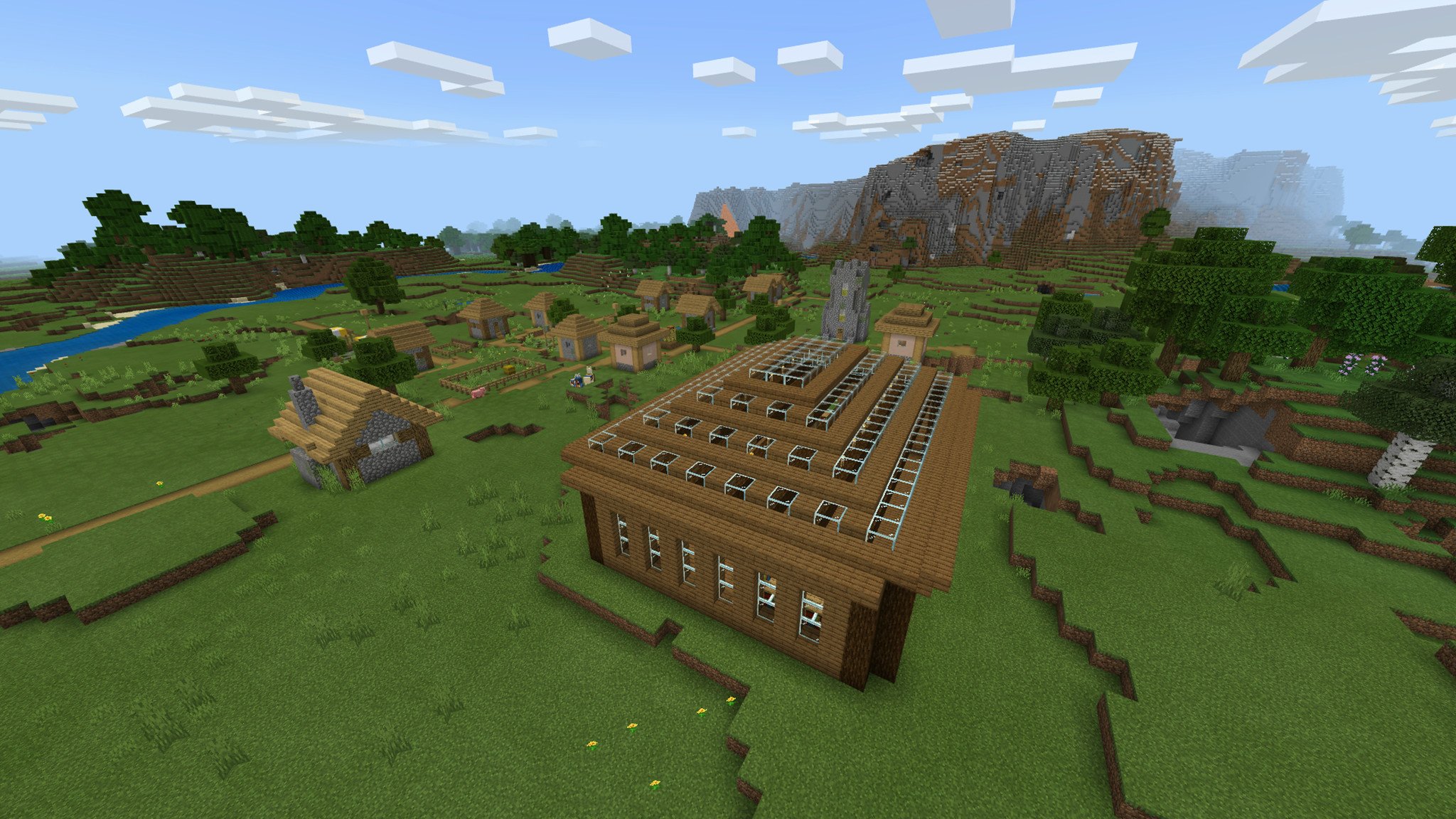
Knowledge and overt amounts of caution (or paranoia) will get you far in Minecraft. Still, eventually you'll need an extra boost in power to survive the perils of Minecraft like the End and the Nether, or to fight off the hordes of beasties that only want to eat/explode/shoot you. That's where enchanting comes in. Here's the full breakdown of everything you need to know.
- What is enchanting?
- How to enchant items
- How to build an enchanting table
- How to upgrade your enchanting table
- What are enchanted books?
- What is the anvil for?
- How to use the anvil
- What are all of the enchantments?
What is enchanting?

To put it in succinct terms, enchanting is how you increase your fighting power and defense in Minecraft. Almost all weapons and armor can be enchanted with additional abilities and perks that can give you the edge in not only confrontations but also everyday Minecraft life.
Enchanting your weapons and armor requires a little bit of work and some rare materials so that you won't be doing it on your first night. It's still worth working towards enchanting as soon as possible since it makes pretty much everything a lot easier. That being said, there's a lot that goes into it, so let's jump into it.
How to enchant items
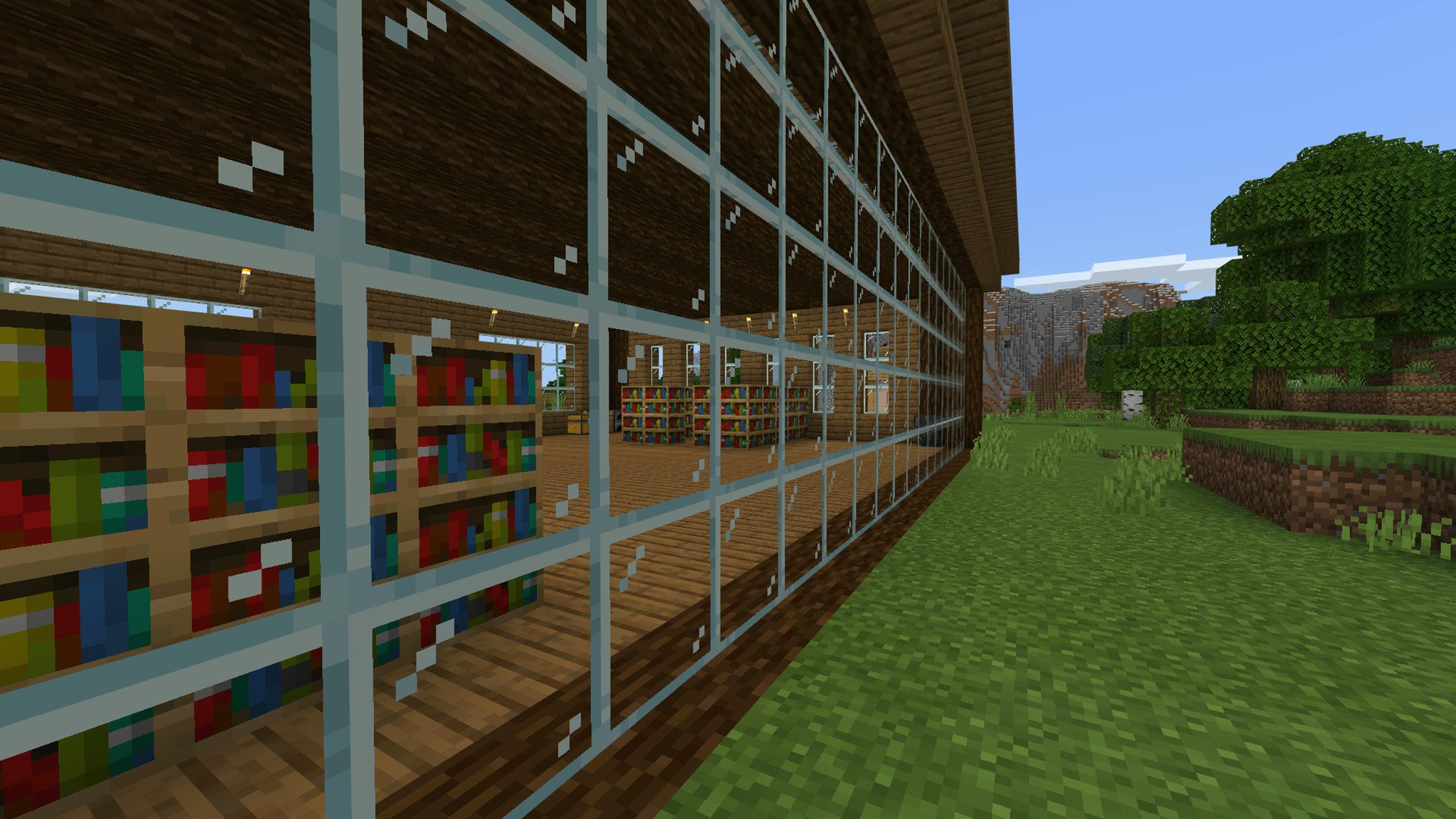
Enchanting is relatively simple, but there are a lot of facets to it. Before we get into it, let's go over exactly what you'll need:
- Experience points. Whenever you do things in Minecraft, like defeat mobs, mine rare ores, or craft/smelt, you might gain experience points. These points accumulate in levels, and it's these levels that act as your currency for enchanting.
- Lapis lazuli. Lapis lazuli is a rare material found deep underground that possesses a deep blue color. Lapis lazuli veins usually contain quite a bit, so the more diligent among you should have no problems quickly amassing a decent amount.
- Something to enchant. This one is probably a bit obvious. You can enchant books, pickaxes, axes, shovels, hoes, swords, tridents, bows, crossbows, and all armor (except shields.) The enchantments available for each category will differ.
- An enchantment table. The tool you'll use to enchant is none other than the enchantment table. If you need guidance on how to obtain one, the next section goes over all the details.
Now that you have all the individual pieces to enchanting, here's how to get the job done:
- Make sure you have everything on you. This means any tools, weapons, or armor you intend to enchant, a decent amount of lapis lazuli, and quite a few levels saved up. The more you plan to enchant, the more levels you'll want.
- Approach your enchantment table and activate it. Right-click, left trigger, screen tap. Whatever your method, open your enchantment table to this screen.
- Place the item you wish to enchant in the left-most box. It's best to be selective about what you first wish to enchant, especially if you're limited on levels. My recommendation would be a diamond pickaxe.
- Place your lapis lazuli in the box to the right of the item box. Every enchantment will cost you 1 to 3 lapis lazuli, depending on the strength of the enchantment you choose.
- Choose the enchantment you wish. You'll be given three options to choose from, starting for lowest to highest level. The more upgraded your enchantment table is, the higher quality your enchantment choices will be.
- Enjoy and use. Collect your enchanted item and enjoy the perks of magical buffs!
Here's a couple of additional things to keep in mind while you're enchanting:
- The three enchantments presented as options will not change. If you're trying to enchant, say, a sword, the three enchantments you're given as choices will not change until you use one. You can't switch back and forth between multiple swords to try and get the one you want. Sometimes, you just need to choose a dud.
- Enchanting costs levels. Unlike other games, where becoming a certain level simply unlocks certain things for you, enchanting in Minecraft costs levels. As in, whenever you choose an enchantment, you will lose the levels equivalent to the enchantment you chose. The maximum level an enchantment can be is level 30.
- Higher level enchantments can include bonus enchantments. If the enchantment you want isn't available, not all is lost. Higher-level enchantments often include a bonus enchantment on top of the one you chose.
- You can combine enchantments. If you want to cultivate a god-like weapon or item, you can combine enchantments using an anvil. I detail how to do so down below.
How to build an enchanting table
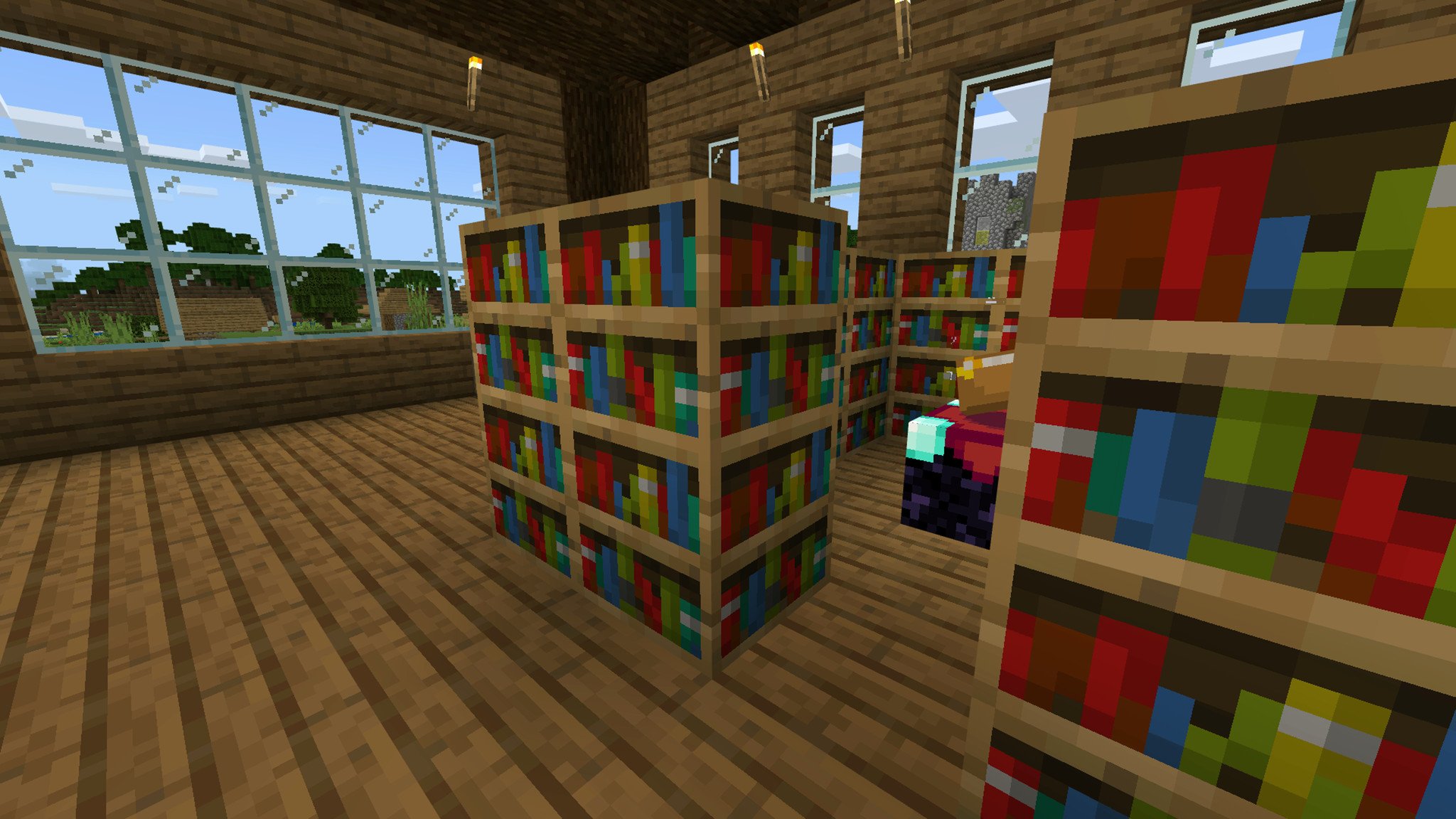
An enchanting table is your tool for enchanting everything you own, so if you're interested, it's imperative that you craft one of your own. Not only that but just crafting an enchantment table isn't enough. You'll need to feed your enchantment table the sweet, sweet knowledge that only books can afford.
All the latest news, reviews, and guides for Windows and Xbox diehards.
To craft an enchantment table, you'll need:
- 4 blocks of obsidian. Obsidian is created when water hits a lava source block. As one of the strongest blocks in Minecraft, it can only be mined with a diamond pickaxe.
- 2 diamonds. One of the rarest materials found in Minecraft, diamond ore is only found near the bottommost levels of the Overworld. You'll need an iron pickaxe or better to mine them.
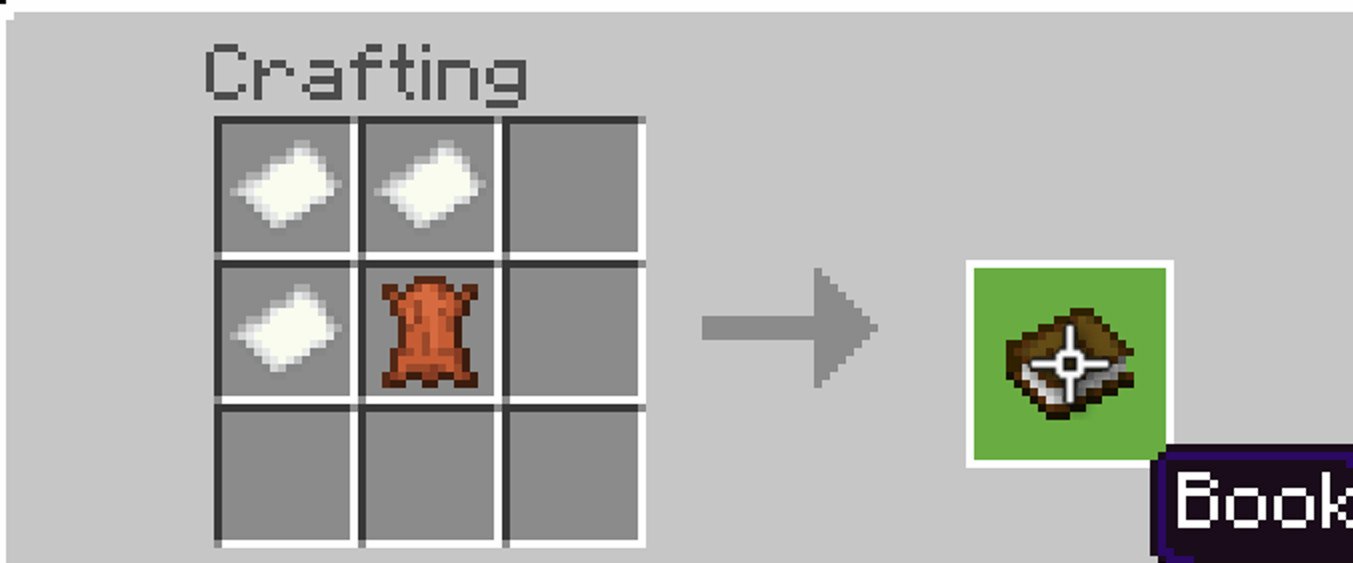
- 1 book. To craft a book, you'll need three pieces of paper (crafted using sugar cane) and one scrap of leather (harvested from cows).

Once you're done, you'll need to combine everything in a crafting table, as seen above. Enchantment tables are placeable, just like crafting tables, furnaces, and more.
Whenever you're deciding where to place your new enchantment table, it's best to leave space all around it. A 2 block gap on all sides is your best bet; that way, you have room to upgrade your enchantment table as needed. Oh? You don't know how to upgrade your enchantment table? It just so happens the next section covers precisely that.
How to upgrade your enchantment table

Upgrading your enchantment table allows you to put more powerful and advanced enchantments onto your equipment. An enchantment table by itself can only do up to level 8 enchantments. Spoiler: enchantments can go up to level 30. You can upgrade your enchantment table by "feeding it knowledge," or surrounding it by loads of bookshelves.
To craft a bookshelf, you'll need:
- 6 planks of wood. If you don't know how to obtain planks of wood yet, you might need to peruse our guide on how to survive your first night in Minecraft. Or you could just punch a tree.
- 3 books. We mentioned how to craft books earlier. You'll need three pieces of paper and a scrap of leather per book.

Once you've got your supplies together, you'll need to put it all together to craft a bookshelf. As is logical, a bookshelf has a top and bottom made of wood, with books stacked in the middle. If you want to upgrade your enchantment table fully, you'll need a grand total of 15 bookshelves minimum.
Great! Now that we have our bookshelves, where do we put them? The answer is quite simple. Enchantment tables have a limited range, so we need to place the books strategically to maximize that range.
Follow these rules for the best methods:
- 1 block gap horizontally: There needs to be a gap of exactly one block between your enchantment table and any bookshelves.
- Never more than two high vertically: Bookshelves are only effective at the same level or one level higher than your enchantment table. Anything above or below that is just for aesthetics, like if you're building a library.
- Nothing inside of the gap: The gap between your enchantment table and your relevant bookshelves can't have anything but air in it. That includes torches, water, fire (if that's your thing) in addition to any blocks or items.
Here's a few examples to give you some ideas:
- This will be the most basic layout. Do a ring around your enchantment table with a one block gap as an entryway.
- An evolution of the last example, this one will be the go-to for a lot of people. It looks more complete than the former option, but it does require twice as many bookshelves and isn't any more effective.
- This option is more open-faced, having three walls of bookshelves to accommodate your enchantment table.
- This is a good option if you want your enchantment table to sit in the corner and take up as little space as possible without disrupting the feel of your home. It involves making a wall around two sides of your enchantment table.
If you follow one of these schematics, you can max your enchantment table's level efficiently. There are loads of alternatives beyond these, so you can do whatever you need to match your aesthetic. Just adhere to the foundations laid out above to get the most out of your enchantments.
What are enchanted books?
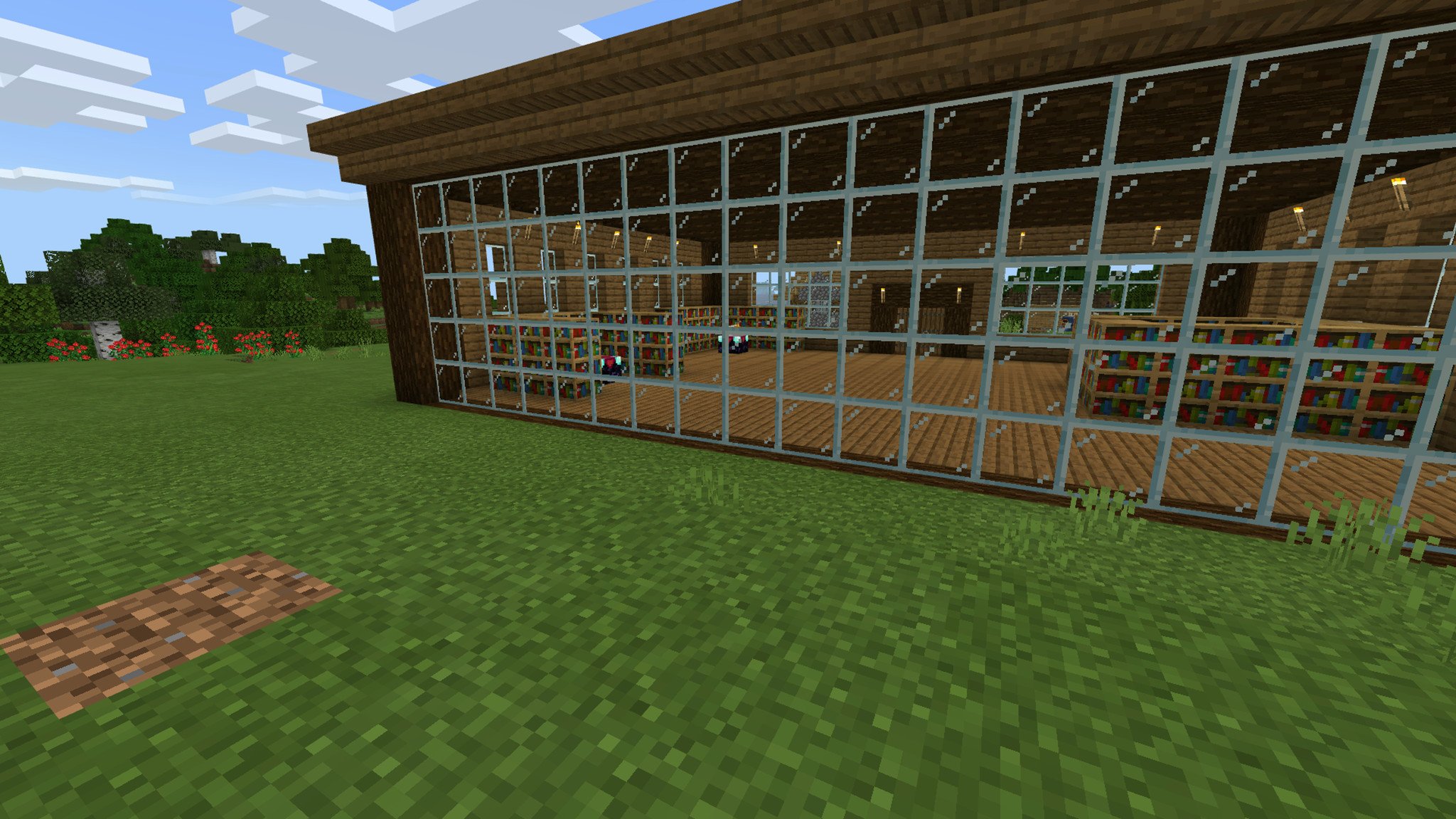
Enchanted books are exactly what they sound like. You can take normal books and place any enchantment onto them, to be used at a later date. This has several advantages for you.
- Saving your levels. If you're about to embark on a potentially dangerous journey and have a plethora of experience saved up that you don't want to risk losing, you can invest your levels into a useful enchantment on a book. Then you can store the enchanted book for later use.
- Saving awesome enchantments. If you're prepping to build a sweet new piece of equipment, but aren't quite ready to move forward, you can save any powerful enchantments you don't want to throw on a random item or throw away by enchanting a book.
- Gifting enchantments. Useful for if you're playing with friends and family. You can enchant a book and then gift that enchantment to other players. New player not high enough level to enchant their new sword? Enchant a book and give it to them.
Books are enchanted precisely like anything else is, but they can be enchanted with pretty much every single enchantment. The only significant disadvantage with enchanted books is that you'll end up spending significantly more experience in the long run with them. You'll spend a bit to enchant the book, then another bit to use the book to enchant something else.

You can also find enchanted books in the wild, like in dungeons, strongholds, and temples. They're quite rare, but one of the more useful things you can find out and about since they tend to have pretty powerful enchantments on board.
What is the anvil for?
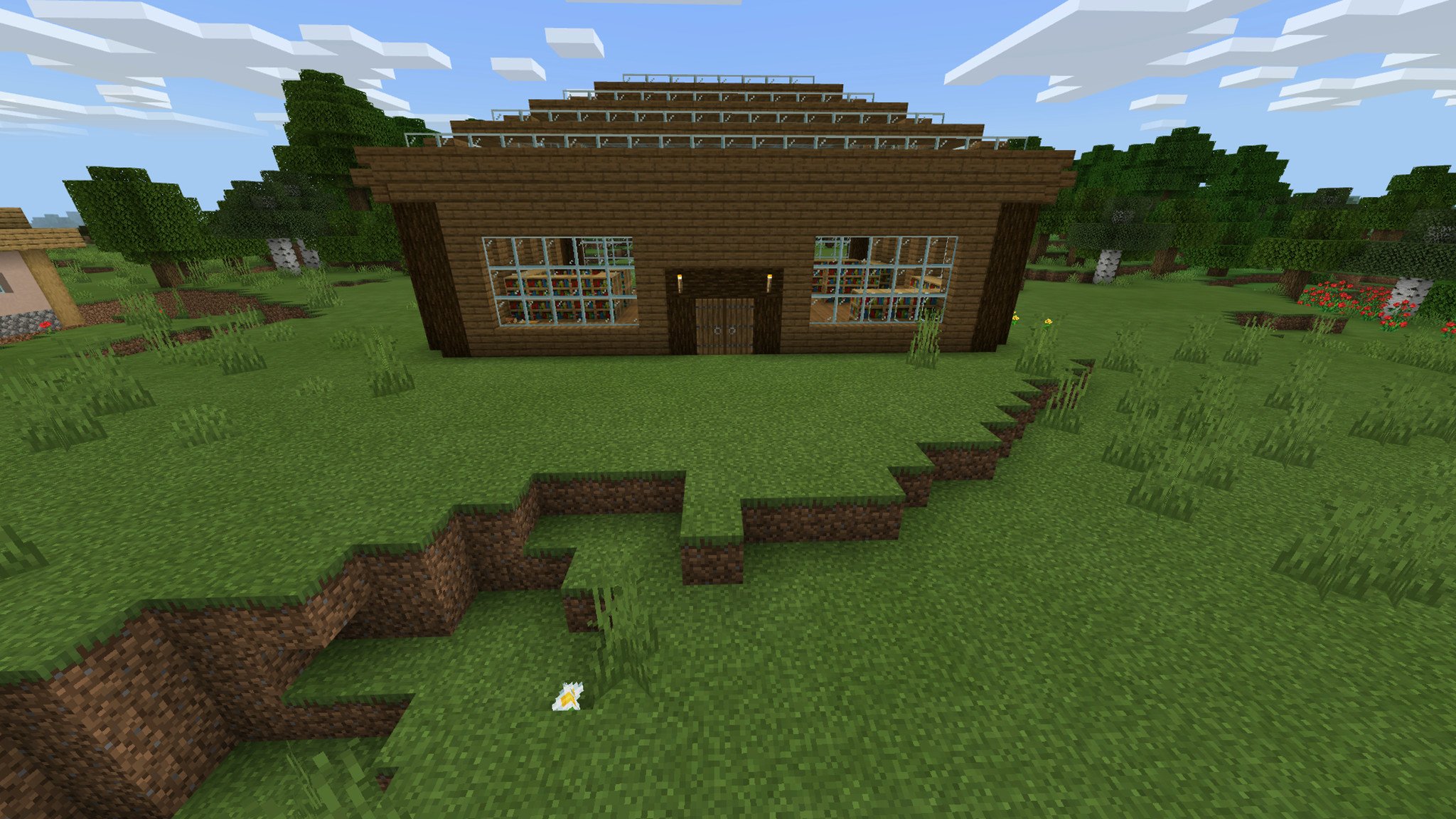
If you're interested in taking your enchanting skills to the next level, it's basically a necessity to have an anvil on hand. Anvils are incredibly useful for a variety of things, including making your enchanted items last longer and become stronger.
- Repair your items and equipment. Anvils can restore most items that have durability, as long as you have another one of those items lying around. This is especially useful for repairing enchanted items, which are far more valuable.
- Combine enchantments. Whether you're using multiple enchanted items or an enchanted book, you can combine enchantments into one super item. Very useful to get the perfect combination of traits.
- Personalize items. Anvils allow you to rename items as well, giving them a degree of personalization. Now you can ride into battle wielding your mighty sword, "Insert-Name-Here." I'll let you handle the actual naming.
You'll need to spend a bit of experience to use an anvil for anything, but it's almost always more feasible than creating an entirely new enchanted item instead. With an anvil around, nothing goes to waste.
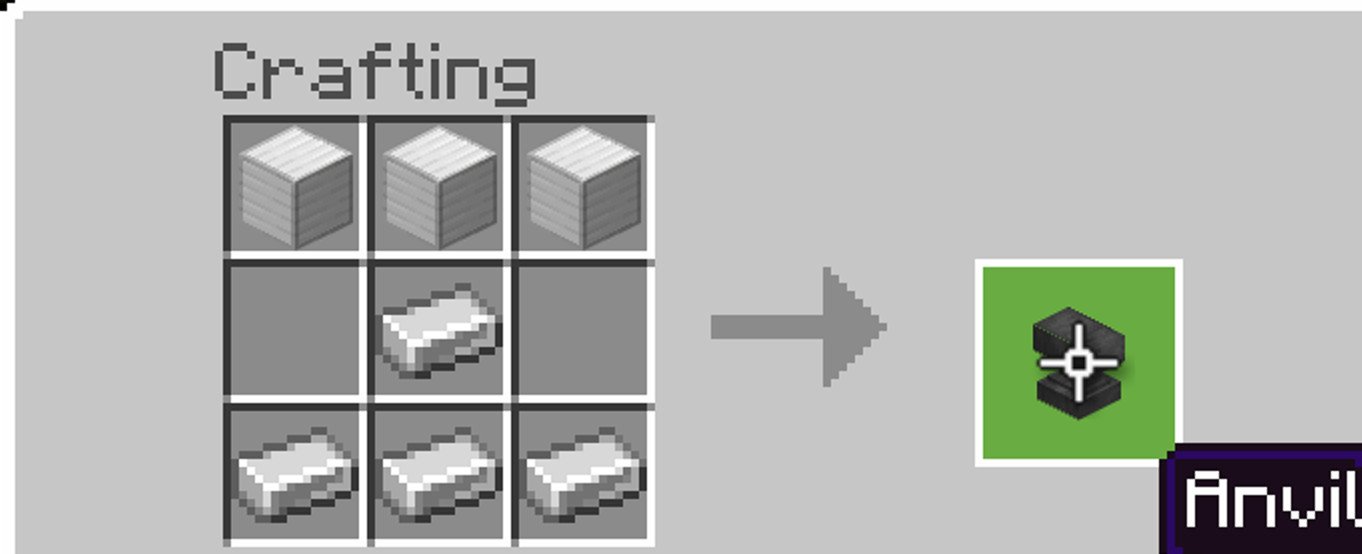
To craft an anvil, you'll need three blocks of iron as well as four iron ingots. In total, that's 31 iron ingots! Be prepared to spend a bit more to have that extra edge over your opponents. An anvil is crafted by having a base and stand made of iron ingots, with the head being solid iron blocks, as seen in the image above.
How to use the anvil
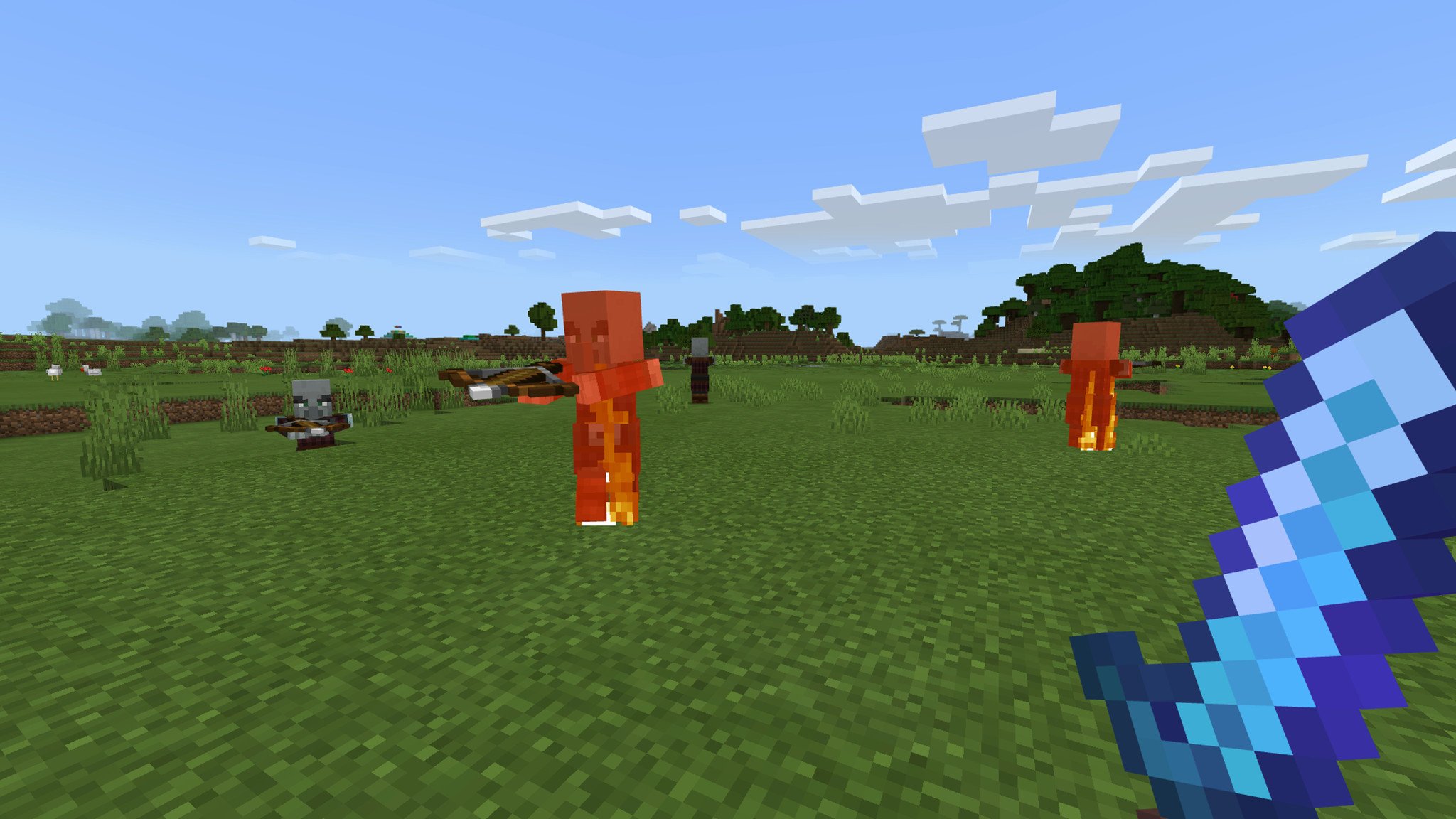
Using an anvil follows the same basic premises as an enchantment table, albeit a little more straightforward. To get started, all you need is:
- The item you wish to repair/strengthen/customize. Decide what you want to do, and choose what you want to do it to.
- An identical item to combine it with. If you're repairing or combining enchantments, you'll need a second item. For example, if you wish to repair an enchanted diamond pickaxe, you'll need a second diamond pickaxe to do it. The second item doesn't need to have the same enchantments; it just needs to be the same item.
- Some experience levels. Just like with enchanting, using the anvil usually requires spending some levels. The number of levels you'll need is proportionate to the level of work you plan to do. The more damaged the item you wish to repair, or the stronger the enchantments you wish to combine, the greater the costs.
Got everything you need? Great. Here's how to use the anvil.
- Open the anvil's menu. Same as using a crafting table, furnace, chest, or basically anything else in Minecraft.
- Place the item you're editing in the left-most box. No matter what you're doing, the item you wish to tinker with goes in the box on the far left.
- Place your extra item in the middle box. Take the item you're using to combine with the item you're messing with in the middle box. Repairing or combining enchantments, that's where it goes.
- Pay the cost and take the item from the far-right box. The final product will be in the box on the right. Once you take the item you'll automatically pay the necessary cost in experience levels.
- (Optional) Rename your item. If you select the text box at the top of the menu, you can rename the item you're messing with. Great if you want everyone to know it's yours, and one-of-a-kind.
What are all of the enchantments?

There's a long list of enchantments available in Minecraft. Most items have their own enchantments, and some of those enchantments aren't compatible with each other (no item can have both enchantments.) Here's a list of all the enchantments currently available in Minecraft:
| Enchantment | Description | Item(s) | Max level | Incompatible |
|---|---|---|---|---|
| Unbreaking | Increases durability | All items - Except Hoe; Shears; Flint & Steel; Fishing Rod; Shield | III | None |
| Mending | Repairs items with experience | None - All items | I | Infinity |
| Protection | Reduces almost all damage types | All armor | IV | Other Protections |
| Projectile Protection | Reduces projectile damage | All armor | IV | Other Protections |
| Blast Protection | Reduces explosive damage | All armor | IV | Other Protections |
| Fire Protection | Reduces fire damage | All armor | IV | Other Protections |
| Thorns | Damages attacking mobs | All armor | III | None |
| Respiration | Increases breath underwater | Helmets | III | None |
| Aqua Affinity | Increases underwater mining speed | Helmets | I | None |
| Feather Falling | Reduces fall damage | Boots | IV | None |
| Depth Strider | Increases underwater movement speed | Boots | III | Frost Walker |
| Frost Walker | Turns water under player into ice | None - Boots | II | Depth Strider |
| Sharpness | Increases damage | Swords; Axes | V | Smite; Bane of Arthropods; Chopping |
| Knockback | Knocks mobs back | Swords | II | None |
| Looting | Increases items dropped by mobs | Swords | III | None |
| Fire Aspect | Sets mobs on fire | Swords | II | None |
| Smite | Increases damage to undead mobs | Swords - Axes | V | Sharpness, Bane of Arthropods; Chopping |
| Bane of Arthropods | Increases damage to arthropods mobs | Swords - Axes | V | Sharpness; Smite; Chopping |
| Chopping | Increases damage to mobs and shields | Axes | III | Sharpness; Smite; Bane of Arthropods |
| Impaling | Deals extra damage to mobs in the ocean or rain | Tridents | V | None |
| Channeling | Summons lightning during thunderstorms | Tridents | I | Riptide |
| Loyalty | Trident returns to player | Tridents | I | Riptide |
| Riptide | Player can travel in rain by throwing trident | Tridents | III | Channeling; Loyalty |
| Infinity | Shooting does not consume normal arrows | Bows | I | Mending |
| Power | Increases the damage of arrows | Bows | V | None |
| Punch | Knocks mobs back | Bows | II | None |
| Flame | Sets mobs on fire | Bows | I | None |
| Quick Charge | Increases reload speed | Crossbows | III | None |
| Multishot | Fires 3 arrows instead of 1 | Crossbows | I | Piercing |
| Piercing | Arrows pierce mobs | Crossbows | IV | Multishot |
| Efficiency | Increases mining speed | Pickaxes; Axes; Shovels - Shears | V | None |
| Fortune | Increases number of certain items dropped | Pickaxes; Axes; Shovels | III | Silk Touch |
| Silk Touch | Mined blocks always drop | Pickaxes; Axes; Shovels - Shears | I | Fortune |
| Luck of the Sea | Increases fishing luck | Fishing rods | III | None |
| Lure | Increases rate of fish | Fishing rods | III | None |
Some of these enchantments can only be added to certain items using an anvil, and will never show up in an enchantment table. This includes to Mending, Unbreaking, Thorns, Smite, Bane of Arthropods, Efficiency, Silk Touch, and Frost Walker.
I've separated items that can be enchanted via table and items that can only be enchanted via anvil by using a hyphen between them in the table above.
Wrapping up
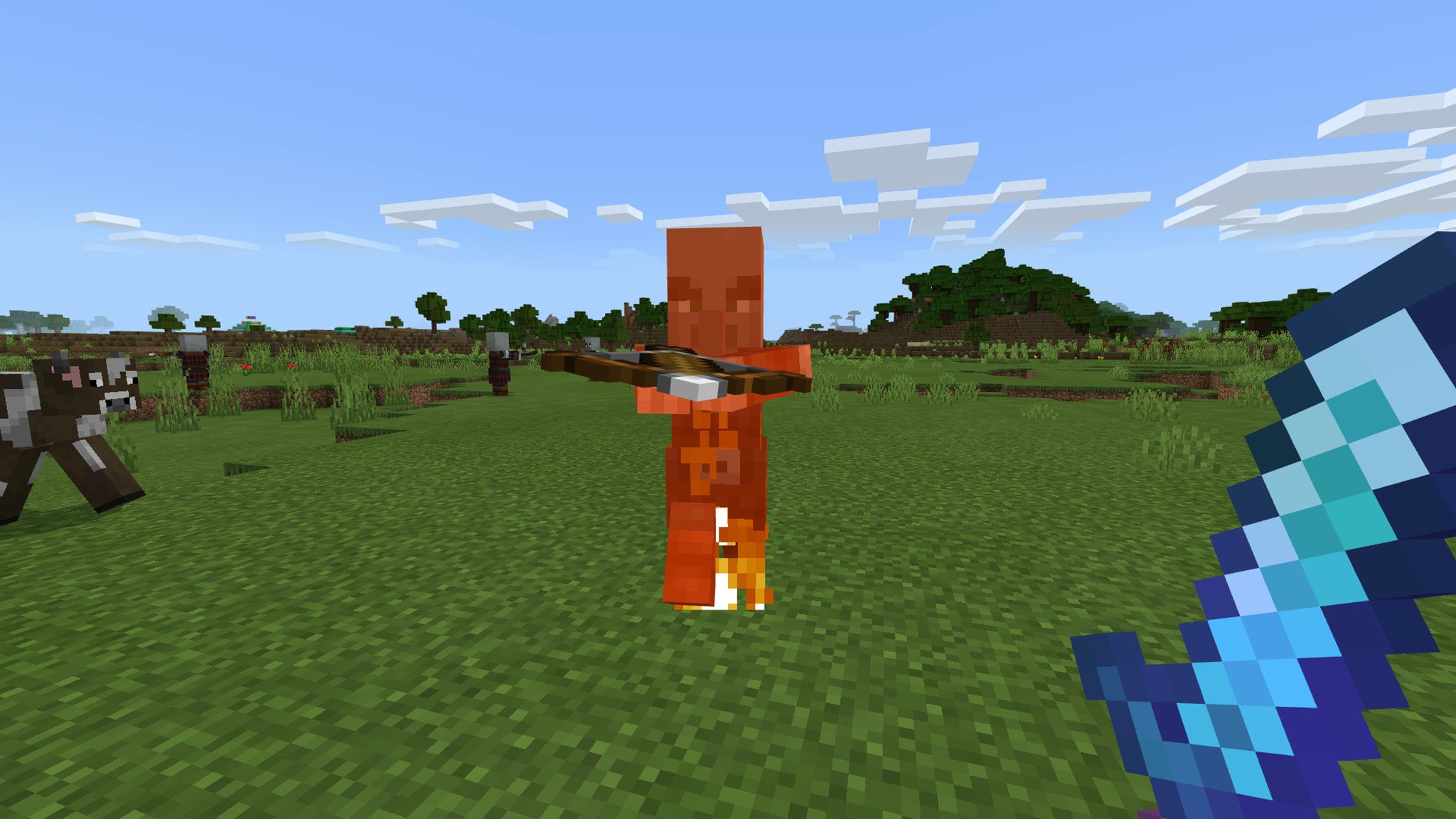
That should be everything you need to know about enchanting. Using enchanting, you can enter the next level of Minecraft and take on powerful bosses like the Ender Dragon, the Wither, and more! On top of that, it just makes your whole Minecraft life a whole lot easier.
How has enchanting improved your Minecraft games? What are your enchanting strategies? Sound off below!
Awesome Minecraft merch
We love Minecraft just as much as you do. These are some of our favorite Minecraft accessories.

Minecraft Guide Book Collection ($25 at Amazon)
Want to learn more about the intricacies of Minecraft? These awesome books make for a great gift, or learning experience for a younger loved one!
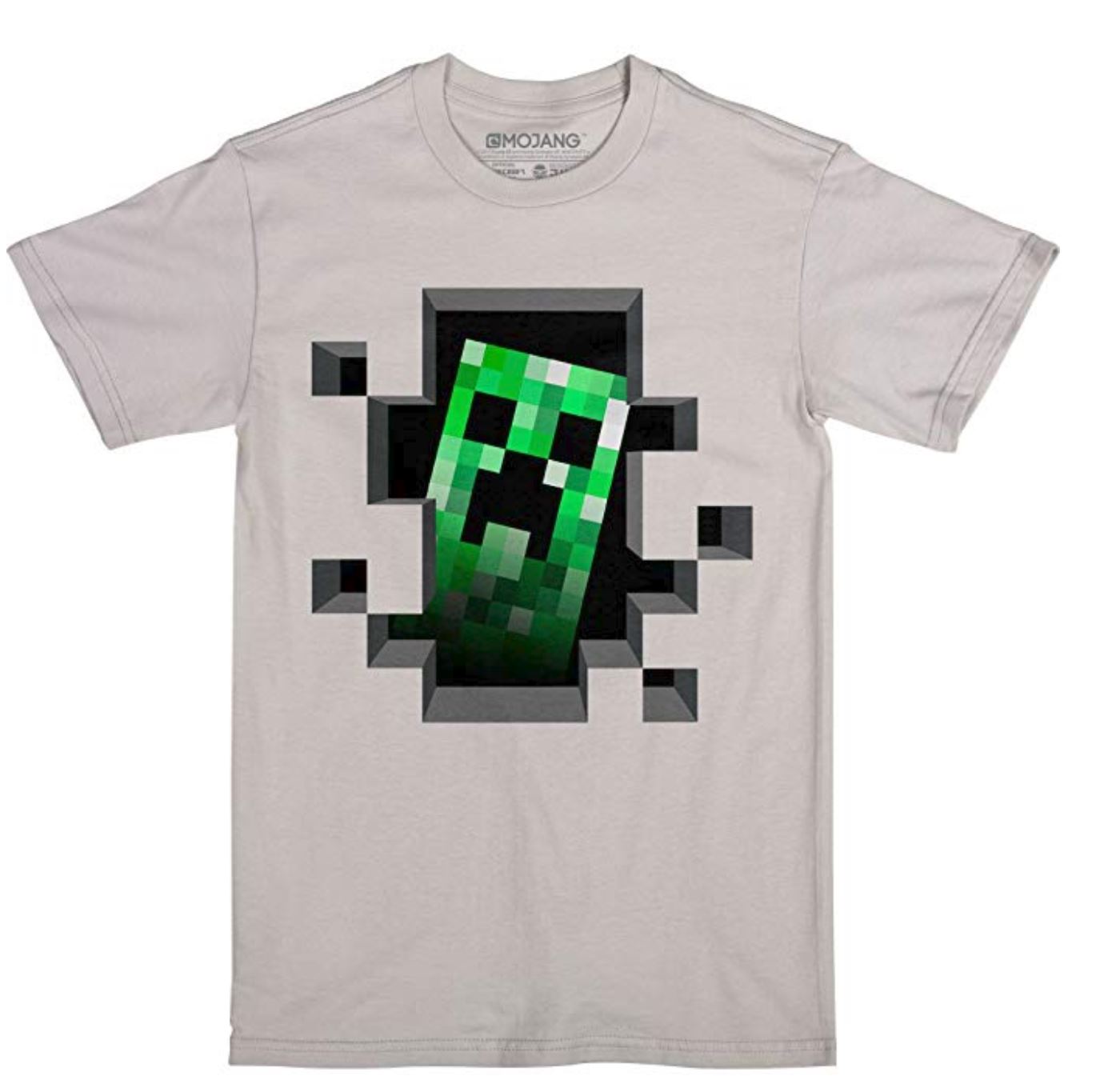
Minecraft Creeper T-shirt (From $7 at Amazon)
For the creeper in your life!
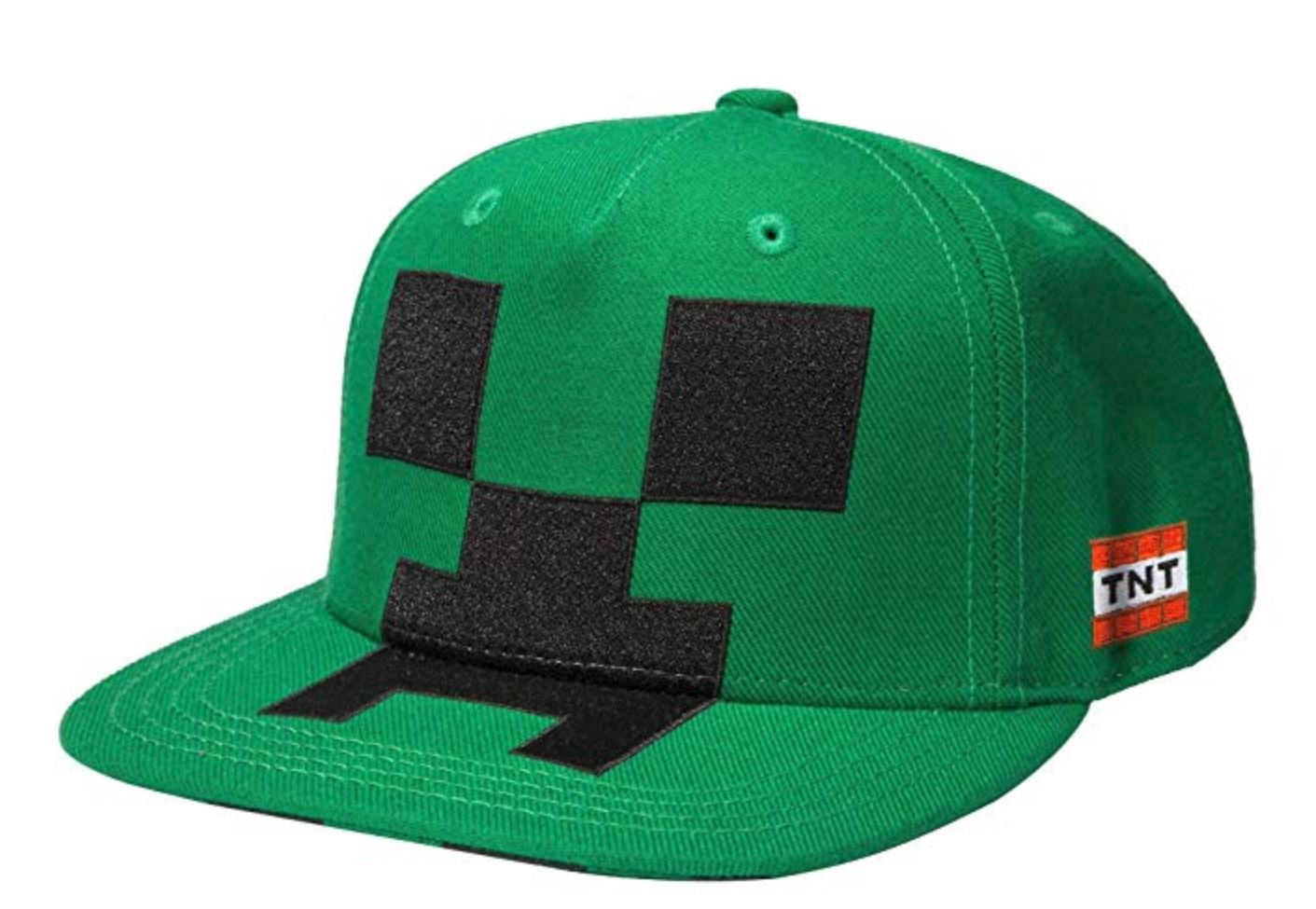
Creeper Hat ($14 at Amazon)
The spookiest hat of them all. Thankfully, it doesn't explode.
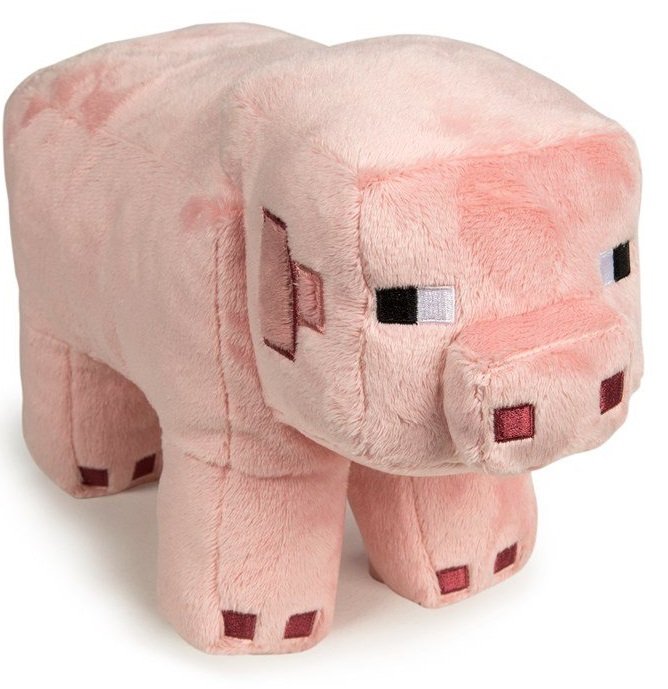
Minecraft Pig Plushie ($18 at Amazon)
Creepers too ugly? Try this cutesy plushie instead!

Cale Hunt brings to Windows Central more than nine years of experience writing about laptops, PCs, accessories, games, and beyond. If it runs Windows or in some way complements the hardware, there’s a good chance he knows about it, has written about it, or is already busy testing it.


